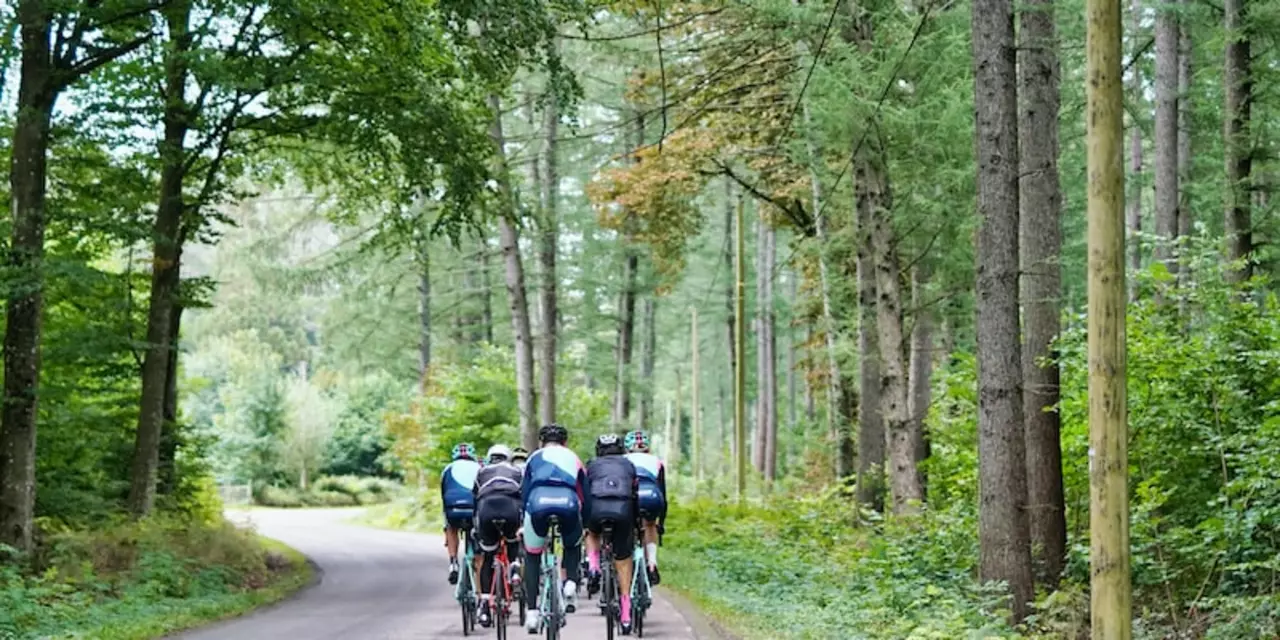Running Tips, Workouts and Gear for Every Level
Whether you’re lacing up for the first time or chasing a new personal best, the right advice makes a huge difference. Here you’ll find simple, proven ideas to help you run farther, faster, and enjoy it more.
Getting Started with Running
Start with a plan that fits your schedule. A 20‑minute jog three times a week is enough to build a base. Keep the pace easy—you should be able to hold a conversation without gasping. If you feel sore, add a day of walking or gentle stretching; your muscles need time to adapt.
Pick shoes that feel snug but not tight. A good pair supports your arch and cushions the heel. You don’t need the most expensive model—just one that matches your foot type. Check the fit by standing barefoot, then slip the shoe on; there should be a thumb’s width of space at the front.
Set realistic goals. A 5‑km race in a few weeks gives you a clear target without overwhelming you. Use a simple app or a watch to track distance and time. Watching progress on a screen is surprisingly motivating.
Boost Your Runs with Cross‑Training
Mixing in other activities can prevent injury and improve performance. An exercise bicycle, for example, gives you cardio while sparing the joints. Riding a few times a week builds leg strength that translates to stronger strides on the road.
Strength work also pays off. A short routine of squats, lunges and planks done twice a week reinforces the muscles you use while running. You’ll notice better stability on uneven paths and a smoother cadence.
Don’t forget flexibility. A quick 5‑minute stretch after each run—targeting calves, hamstrings and hips—keeps muscles loose and reduces stiffness. Over time, your range of motion improves and you can maintain a comfortable stride length.
Nutrition matters, too. Fuel your runs with a balanced mix of carbs, protein and healthy fats. A banana or a small handful of nuts 30 minutes before heading out gives you quick energy without feeling heavy.
Finally, listen to your body. If pain lingers beyond normal soreness, back off and assess. Rest days are part of the training plan, not a sign of failure. Consistency over intensity wins the long game.
Ready to hit the pavement? Grab your shoes, set a simple weekly goal, sprinkle in some bike rides and strength work, and enjoy the rhythm of each step. Happy running!
Cycling is a great way to get fit and stay in shape. However, for those who don't have access to a bike, there are plenty of other exercises or training that can replicate the benefits of cycling. These include running, rowing, and stair-climbing, as well as strength and flexibility exercises. All these activities provide similar cardiovascular, endurance, and muscular benefits as cycling, and are suitable for both beginners and experienced athletes.
Continue reading...
